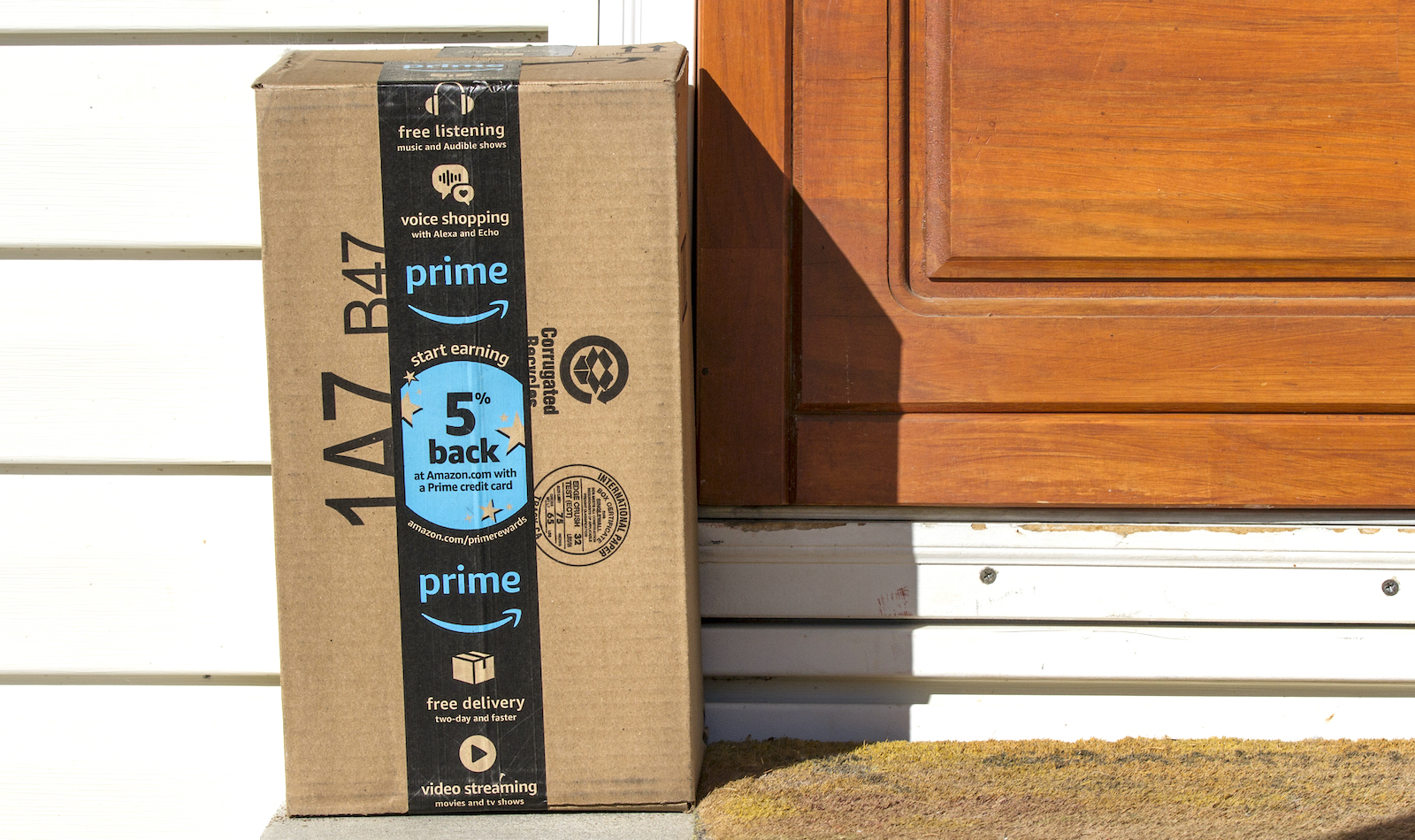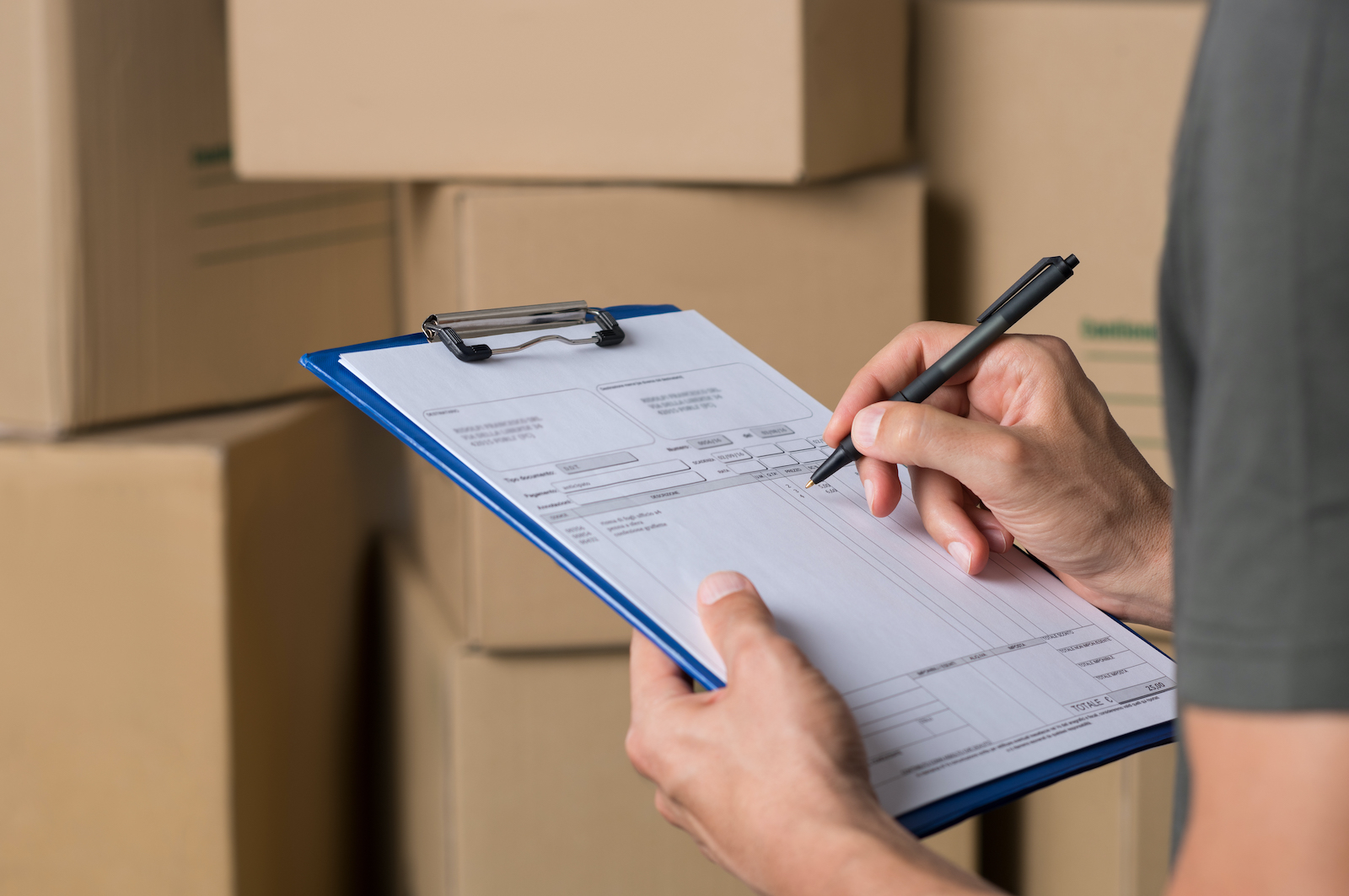Table of Contents
** Minutes
What is Seller Fulfilled Prime?
How to enrol in Seller Fulfilled Prime
Seller Fulfilled Prime shipping rates
Pros of Seller Fulfilled Prime
Cons of Seller Fulfilled Prime
Amazon Prime has transformed the way we shop online. Consumers have increasingly higher expectations regarding delivery times, affordable prices, and customer service.
Today, Amazon has over 100 million Prime subscribers around the world, all of whom are looking for the best product at the lowest price from reliable sellers.
But how do you become this kind of seller, and how do you make your listings Prime-eligible?
In the past, sellers could only achieve Prime status using Fulfilment by Amazon (FBA). However, sellers today can use the Seller Fulfilled Prime program, enabling them to display the Prime badge and gain access to Prime members to increase sales.
What is Seller Fulfilled Prime?
Seller Fulfilled Prime (SFP) is an order fulfilment program offered through Amazon that enables a third-party seller to ship Prime orders directly to customers in 2 days — in accordance with the Amazon Seller Fulfilled Prime requirements — from their own warehouse.
Enrolling in the SFP program can help a seller’s listings through increased discoverability and by displaying the Prime badge. Amazon states, “Seller fulfilled listings that became Prime-eligible for the first time through Seller Fulfilled Prime experienced an average sales uplift of more than 50%.”
How to enrol in Seller Fulfilled Prime
In order to qualify for Amazon Seller Fulfilled Prime, businesses must register and complete the trial period. To be eligible, a business must have its own warehouse and have an Amazon Professional Seller account.
Sellers must prove that they can meet the Amazon Seller Fulfilled Prime requirements to complete the trial period. Once achieved, the Prime badge will then be displayed on their listings, increasing the visibility of the seller’s products to Amazon shoppers.
Below are the steps of the enrollment process.
1. Register
First, a business must register. This can be done by visiting the Seller Fulfilled Prime website and signing up to start the trial. If Amazon is not accepting new registrations at that time, users can join the waitlist.
2. Enable Prime shipping
Sellers need to enable Prime shipping in the Prime shipping template. This can be found in the Configure Shipping Settings in SFP Seller Central. Specific regions for Prime delivery can also be selected.
3. Enrol items
Next, assign SKUs to the specified Prime shipping template.
It is worth noting that Prime trial orders are those that have SKUs assigned to the Prime shipping template, as well as the region(s) you have assigned for Prime delivery. These orders contribute to your performance in fulfilling the trial period requirements.
4. Fulfil Prime trial orders
In Seller Central, identify Prime trial orders by the Prime badge displayed on the Manage Orders page and the “isprime” tag on Order reports. Then, follow these steps:
- Organise and create the shipment of products.
- Print and attach the shipping labels.
- Send products out for delivery.
How to qualify for SFP
During the Amazon Seller Fulfilled Prime trial period, sellers must meet the following Prime performance requirements.
Offer Premium Shipping options
With SFP, sellers must use Amazon’s Premium Shipping to provide fast, guaranteed shipping options to customers along with ecommerce order tracking.
Ship over 99% of your orders on time
Prime trial orders must have an on-time shipment rate of at least 99%. These orders must be shipped on the same day as the order comes in.
Have an order cancellation rate of less than 0.5%
Another indication of customer satisfaction is cancellation rates. Therefore, Prime trial orders need to maintain a cancellation rate of less than 0.5%.
Use Amazon Buy Shipping Services for at least 98.5% of orders
With Amazon’s Buy Shipping, you can buy shipping labels individually or in bulk, ship and confirm your orders, and track your shipments. Buy Shipping also ensures that your products are delivered to your customers using Amazon’s trusted network of shipping partners.
Deliver orders with Amazon’s supported Seller Fulfilled Prime couriers
Sellers must work with the couriers that Amazon predetermines, which vary by country.
Agree to the Amazon Returns Policy
For professional sellers, Amazon automatically authorizes returns that fall within Amazon’s return policy. To ensure a consistent experience for buyers, you must match or exceed Amazon’s Returns policies.
Allow for all customer service inquiries to be dealt with by Amazon
Sellers must let all customer questions go through Amazon’s normal channels.
Seller Fulfilled Prime shipping rates
Sellers can incur high shipping fees when participating in the SFP program. The Seller Fulfilled Prime shipping costs are predominantly based on order volume, packaging sizes, and the location of the end customer. Sellers have to offer free standard shipping on all Prime orders, which can raise shipping costs.
The SFP program is generally more cost-effective than Fulfilment by Amazon (FBA), but both programs require sellers to pay a referral fee, which is an average of 15% of a product’s selling price.
Pros of Seller Fulfilled Prime
Even though the seller has more work and responsibility for SFP as compared to FBA, where Amazon handles inventory storage and shipping for the seller, there are still many benefits of using SFP to fulfil Amazon Prime orders.
1. Boost sales and profits with the trusted Prime logo
Once a seller has passed the trial period, the Prime logo will be added to their listings. This provides greater visibility of their products to regular Amazon shoppers and Prime members, and also indicates that the seller is credible, reliable, and has high-quality products.
2. Utilise Amazon’s customer service
As part of Amazon’s Seller Fulfilled Prime program, sellers and their customers have access to Amazon’s 24/7 after-sale customer service. Amazon’s team of highly trained customer service representatives are on hand to deliver great service on your behalf. With this service, customers will be able to track their orders, submit returns, and request refunds.
3. Less expensive than FBA
Amazon Seller Fulfilled Prime can eliminate FBA shipping, handling, and storage fees, which are often viewed as excessive.
Previously, the only way to achieve “Prime status” was to fulfil orders via FBA, which resulted in companies losing a chunk of their profit. FBA sellers were forced to split shipments between three fulfilment centres or pay a fee for each item for the “Inventory Placement Service” that ensures shipments only get sent to one fulfilment centre.
SFP sellers can easily distribute items from their own warehouse(s) and reap the rewards of Amazon Prime without expensive fees.
4. More control and options than FBA
Amazon Seller Fulfilled Prime gives you more opportunity to build your brand because it’s in your hands, not Amazon’s. This means less Amazon logos on your packages, more control over products, and direct visibility of your inventory from your own warehouse — all while maintaining Prime status.
Cons of Seller Fulfilled Prime
Going the SFP route is not without its downsides — especially when it comes to scalability. Here are some considerations third-party sellers should not overlook.
1. Strict rules to maintain eligibility
SFP is pretty exclusive, and Amazon’s strict regulations are set in place to ensure high levels of customer satisfaction. However, they can be challenging for sellers to adhere to, especially since they’ve become increasingly more difficult over time. If a seller cannot consistently meet the requirements, they will lose their Prime status.
2. Difficult to fulfil an increasing number of orders
With SFP, having full control over the entire fulfilment process is highly valued. However, once operations start scaling up and you begin dealing with a larger order volume, problems can occur if you do not have a well-designed process in place.
To efficiently fulfil orders and maintain the SFP eligibility status, sellers have to invest in their own fulfilment infrastructure and employ the right strategies for everything from packaging to deciding an order cut-off time for two-day shipping.
3. Higher shipping rates
Providing a higher level of service can come at a cost. Benefits to the customer, such as next-day delivery, can be costly to a seller. The costs associated with Seller Fulfilled Prime shipping rates can add up, so sellers must manage these costs by limiting how far they will ship with Prime delivery.
Choosing Between FBA and SFP
Deciding between Fulfilment by Amazon or applying for Seller Fulfilled Prime completely depends on the product sold, the seller’s ability to take on the shipping requirements and Amazon’s fees, and the level of involvement they are willing to have in operations.
FBA
FBA is a more desirable option for sellers with smaller products that don’t require special packaging. However, by handing over inventory and shipping to Amazon, sellers lose control over the way they run their business, as well as their branding.
Products shipped via FBA can be delivered to customers damaged or not at all. Additionally, the FBA fees associated with inventory storage (among other line items) can be very high, and Amazon will charge more if inventory turnover is slow or if product needs to be removed from their warehouse.
SFP outsourced fulfilment
Amazon is constantly pushing sellers to do more to provide a superior service across the platform, so achieving a Prime badge doesn’t come easy. Sellers need an ironed out shipping process to get into the program. Once achieved, it can be equally challenging to maintain the Prime status and consistently meet Amazon’s ever-changing requirements that allow very little room for error.
Despite SFP being the more cost-effective option, there are still costs that sellers don’t initially realize. By adhering to Amazon’s two-day shipping requirement, sellers are often left with a lower profit margin or may even just break on these orders. This puts pressure on operations and the business to make up for high shipping costs.
Outsourcing ecommerce fulfilment
Running an online business can be very demanding and require a lot of work. Sometimes you need a little help to make sure your customers receive the best possible service. Many sellers choose to outsource fulfilment to a professional, whether it’s for their Amazon orders or their website orders.
ShipBob is a third-party logistics (3PL) company that helps direct-to-consumer businesses grow by storing their inventory, packing their boxes, and shipping their orders. By partnering with ShipBob for ecommerce fulfilment, sellers can benefit from two-day shipping by distributing their inventory across different regions of the United States for speedier, more cost-effective deliveries.
ShipBob’s technology integrates with leading ecommerce stores including Amazon, eBay, Shopify, BigCommerce, WooCommerce, Magneto, and more. Each order is automatically sent to ShipBob, where staff at the fulfilment centre closest to the end customer pick, pack, and ship it to its final destination.
ShipBob does not handle FBA or SFP fulfilment, but helps brands offer that same level of service on their own store, or for non-Prime Amazon orders.
ShipBob does offer Fulfilment by Merchant (FBM), and if you currently use Amazon’s FBM or FBA, we highly recommend diversifying your fulfilment options (e.g., use both FBA and FBM) to maximise sales. Learn why sellers have moved off of Amazon to ShipBob for FBM here.
Conclusion
Amazon has changed the industry and customer expectations forever. It can be very challenging to stand out on Amazon, but SFP and FBA are options that can help make that a little easier. Deciding between Fulfilment by Amazon or Seller Fulfilled Prime can be tricky as both have their advantages and disadvantages, but choosing the best option comes down to your products and how you want to manage your company’s operations.
FBA and SFP are not always the best or most feasible programs for every seller. There are several alternatives, and other ways to grow your customer base and sales channels while offering an Amazon-like experience that your customers have come to expect. Learn more about how ShipBob does this by downloading the PDF below.
Seller Fulfilled Prime FAQs
Amazon Prime has transformed the way we shop online. To sell products through Amazon, you have several options, including the Seller Fulfilled Prime program. Here are answers to some common questions about the program.
What is Seller Fulfilled Prime?
Seller Fulfilled Prime (SFP) is an fulfilment program offered through Amazon that enables a third-party seller to ship Prime orders directly to customers in 2 days — in accordance with the Amazon Seller Fulfilled Prime requirements — from their own warehouse.
What is the difference between Seller Fulfilled Prime and FBA?
Amazon Seller Fulfilled Prime gives you more opportunity to build your brand than FBA because it’s in your hands, not Amazon’s. This means less Amazon logos on your packages, more control over products, and direct visibility of your inventory from your own warehouse — all while maintaining Prime status. However, the SFP program is generally more cost-effective than FBA, but both programs require sellers to pay a referral fee, which is an average of 15% of a product’s selling price.
How does Seller Fulfilled Prime work?
If a merchant qualifies, the merchant can enable a third-party seller to ship Prime orders directly to customers from their own warehouse.



